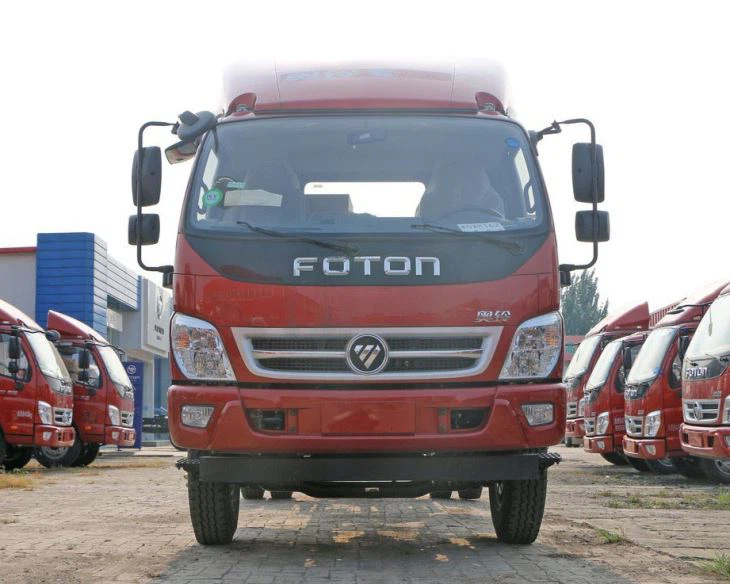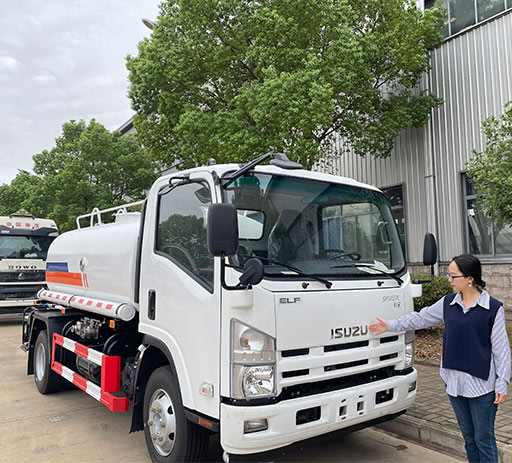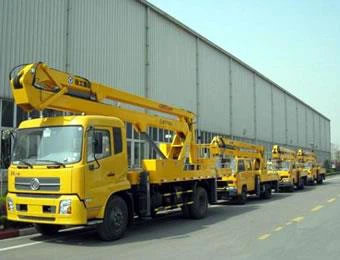Capital City Trucking: A Comprehensive Guide for Urban Transportation

Introduction
In the modern world, urban transportation is a crucial aspect of logistics and commerce, particularly in capital cities where the concentration of business activities is high. The trucking industry plays a vital role in the movement of goods, connecting manufacturers, suppliers, and consumers in these bustling urban centers. This article will explore the dynamics of capital city trucking, its unique challenges and opportunities, important regulations, and practical tips for trucking in urban settings.
The Importance of Capital City Trucking
Capital city trucking is essential for several reasons:
- Economic Development: Capital cities are often economic hubs. Efficient trucking services facilitate trade and support local businesses.
- Job Creation: The trucking industry provides numerous jobs, from drivers to logistics managers.
- Infrastructure Utilization: Proper trucking systems utilize city infrastructure efficiently, reducing bottlenecks and congestion.

Challenges in Capital City Trucking
1. Traffic Congestion
Truck drivers often face significant delays due to heavy urban traffic. This congestion can lead to missed delivery windows and increased operational costs.
2. Limited Parking and Loading Zones
Finding suitable parking and loading zones can be difficult in capital cities. Many areas have strict regulations on where trucks can park or unload goods.
3. Regulatory Compliance
City regulations vary widely and can include specific restrictions on truck sizes, weights, and emissions. It is vital for trucking companies to remain compliant with these regulations to avoid fines.
4. Environmental Concerns
Increasingly, cities are implementing policies to reduce vehicular emissions. Trucking companies may be faced with the challenge of upgrading to greener technologies.
Essential Regulations Affecting Capital City Trucking
1. Weight Limits
Most capital cities have specific weight limits for trucks entering urban areas. Companies must ensure their freight does not exceed these limits to avoid penalties.
2. Emission Standards
Many cities have established stringent emission standards. Trucking companies must stay updated on these regulations and possibly invest in cleaner vehicle technologies.
Tips for Successful Capital City Trucking Operations

1. Optimize Delivery Schedules
Plan deliveries during off-peak hours to minimize delays caused by congestion. Use traffic apps to monitor conditions in real time.
2. Utilize Technology
Invest in GPS tracking and route optimization software to streamline operations and enhance delivery efficiency.
3. Know Local Regulations
Stay informed about the regulations that apply to trucking in different areas of the city. This understanding can help avoid costly violations.
4. Invest in Training
Provide comprehensive training for drivers on city navigation and customer service, ensuring they are well-equipped to handle urban challenges.
The Future of Capital City Trucking
1. Sustainable Practices
The trend towards sustainability is reshaping the trucking industry. Companies are exploring electric trucks and alternative fuels.
2. Increasing Automation
With advancements in technology, automation is likely to play a larger role in logistics and trucking, leading to greater efficiency.
3. E-commerce Growth
As e-commerce continues to grow, the demand for last-mile delivery services in urban areas will increase, creating opportunities for trucking companies.
Practical Examples and Case Studies
1. An Example of Innovative Last-Mile Delivery
A well-known logistics company implemented an electric vehicle fleet to meet the city’s green initiative and reduce operational costs. This move not only complied with city regulations but also positioned the company as a leader in sustainable practices.
2. Successful Route Optimization
A small local trucking company utilized AI-based route optimization technology, resulting in a 25% reduction in fuel costs and on-time deliveries improving by 30%.
Frequently Asked Questions (FAQ)
1. What is capital city trucking?
Capital city trucking refers to the transportation of goods within and to major urban centers, particularly capital cities, where commerce is highly concentrated.
2. What are the main challenges of trucking in capital cities?

The main challenges include traffic congestion, limited parking, regulatory compliance, and environmental concerns.
3. How can technology help in capital city trucking?
Technology can aid in tracking shipments, optimizing routes, managing fleet logistics, and ensuring compliance with regulations.
4. What are the key regulations for trucking in cities?
Key regulations often pertain to weight limits, emission standards, and local zoning laws for parking and loading.
5. How is e-commerce affecting capital city trucking?
E-commerce growth has created greater demand for efficient last-mile delivery solutions, pushing trucking companies to adapt and innovate.
6. What steps can trucking companies take to mitigate environmental impact?
Trucking companies can invest in cleaner technologies, adopt route optimization strategies, and reduce idle times to lower emissions.
